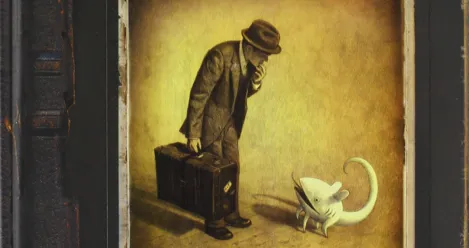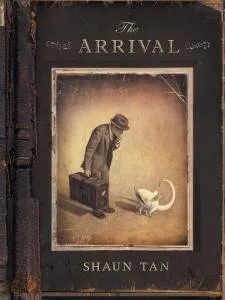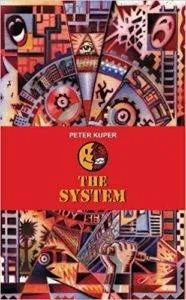
3 Wordless Graphic Novels You Have to “Read”
This content contains affiliate links. When you buy through these links, we may earn an affiliate commission.
Who says picture books are just for kids? In the hands of someone gifted at telling a story through images, a wordless novel can be just as compelling as a traditional text-based one.
These three wordless graphic novels demonstrate this amply. All are action-packed and political. They tackle inequality and injustice while commenting (wordlessly) on race relations. Admittedly, these plots aren’t hugely sophisticated and full of moral complexity. But really, you’re here for the art. And the art is incredible.




Blood Song: A Silent Ballad by Eric Drooker
Drooker is an impressively accomplished guy. He’s done about a million New Yorker covers, his animation was the best part of the 2010 Ginsberg movie Howl, and his graphic novels are memorable and moving. Blood Song, like Drooker’s also fantastic Flood!, is a “novel in pictures.” Each color feels very deliberately chosen to set a particular mood. The drawings of the experience of hearing music—almost like fire pouring out of a saxophone—are especially lovely. And there’s a striking contrast between the scenes set in an island village and those in a large city. The main character flees her village when it’s attacked by military forces. After arriving in a foreign land, she falls in love with a saxophonist, who’s unfairly arrested. Her attempts to forge a home amidst these circumstances become the beating heart of the story.
The Arrival by Shaun Tan
Like Blood Song, The Arrival centers on the displacement of a nameless person. The Arrival tells a familiar story of a stranger in a strange land, but the artwork is so original that this immigrant’s tale feels fresh. For instance, foods and pets don’t resemble anything specific we’ve seen before, and yet they’re recognizably foods and pets. It’s a clever way of bringing home the sensory complications of being a new arrival. It’s also a good fit for a message about compassion and humanity in relationships between newcomers and long-term residents. Apart from its originality, Tan’s art is just stunningly beautiful. There’s a sepia tinge to the color scheme as well as lavish attention to detail, so that each page evokes a sense of wonder. The book feels like an intricate, lovingly animated movie.






